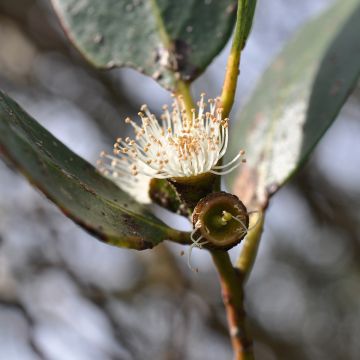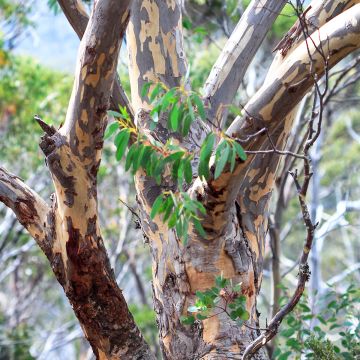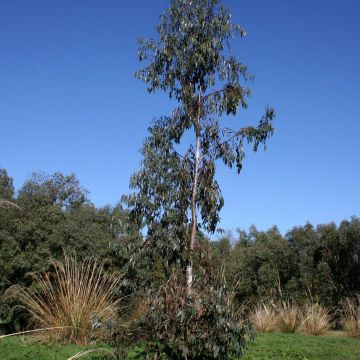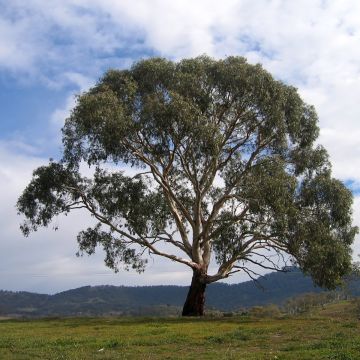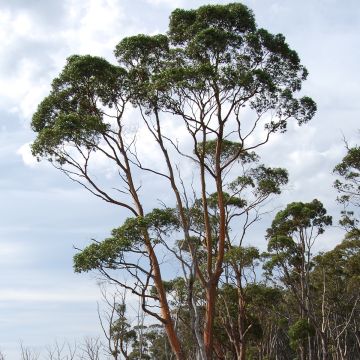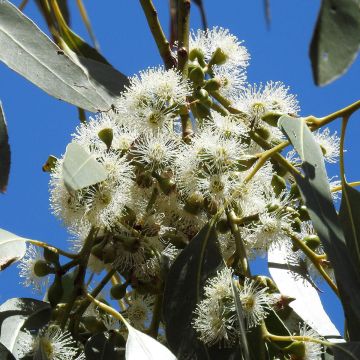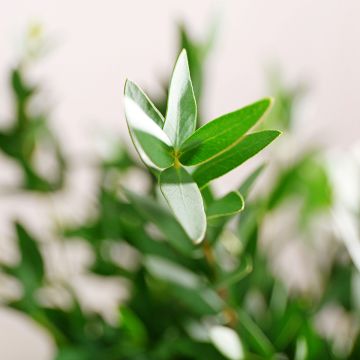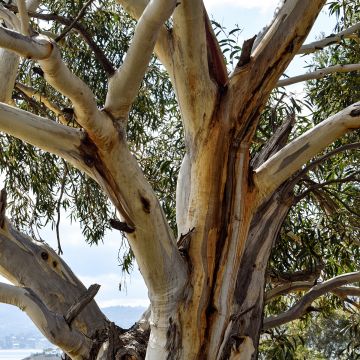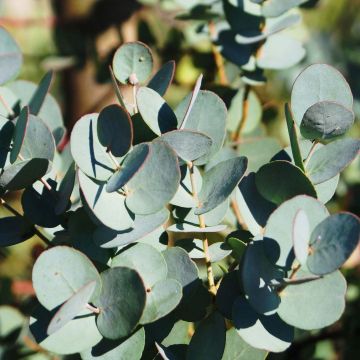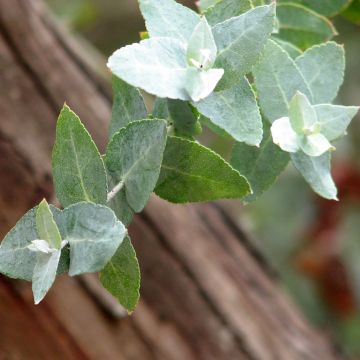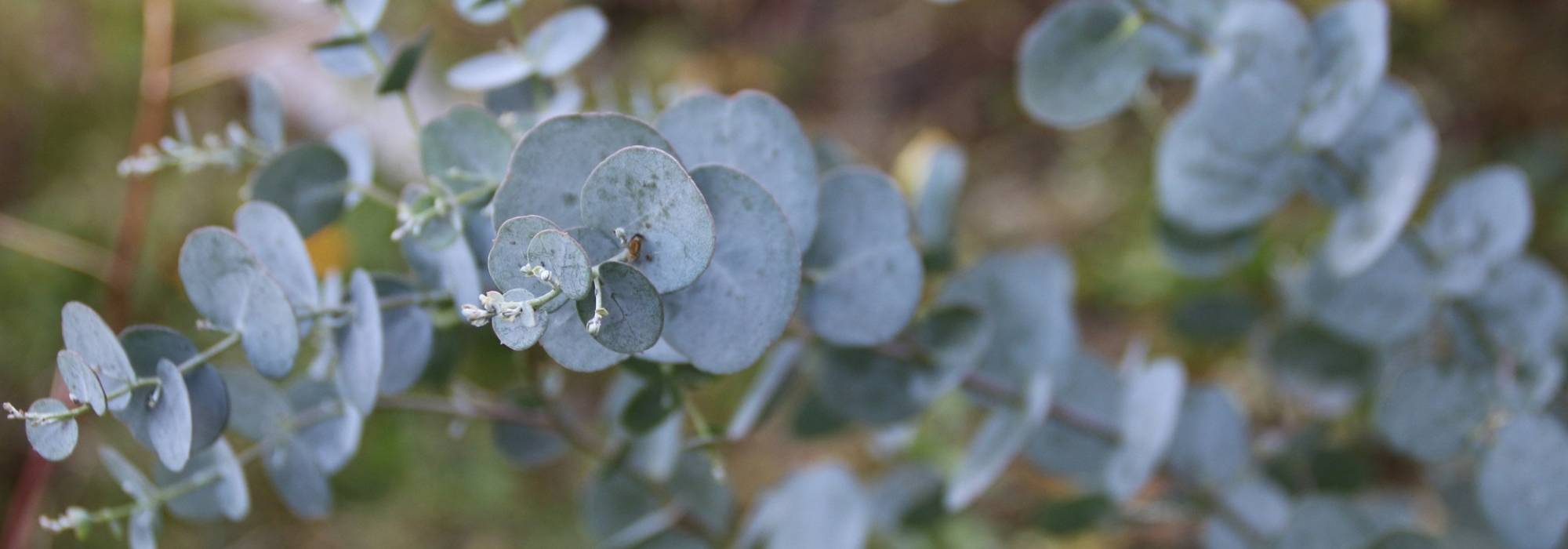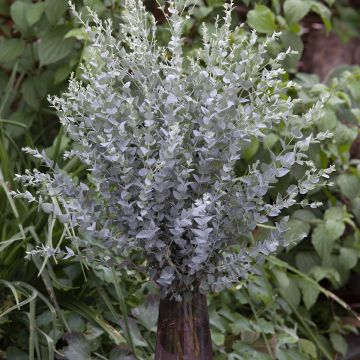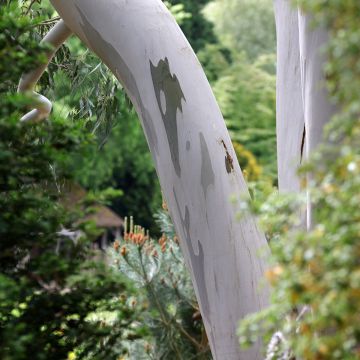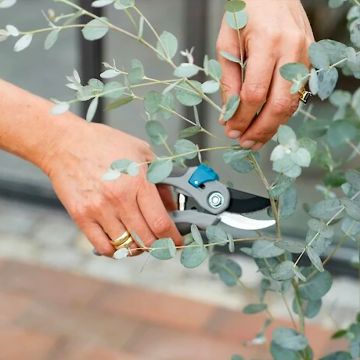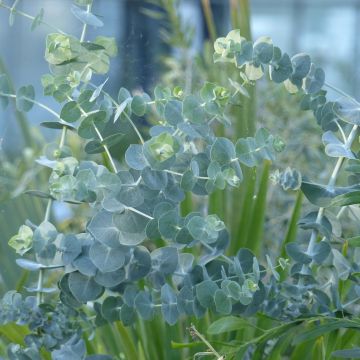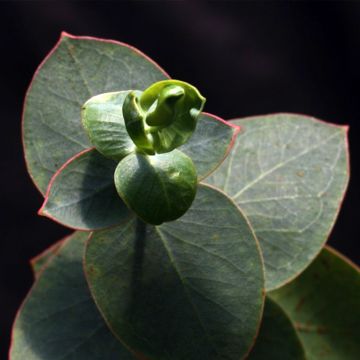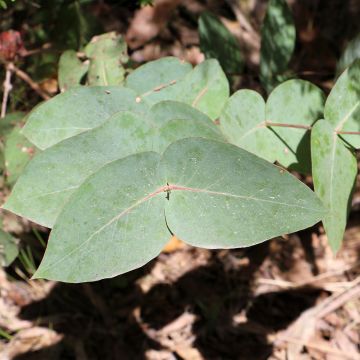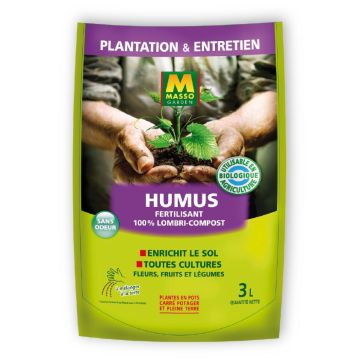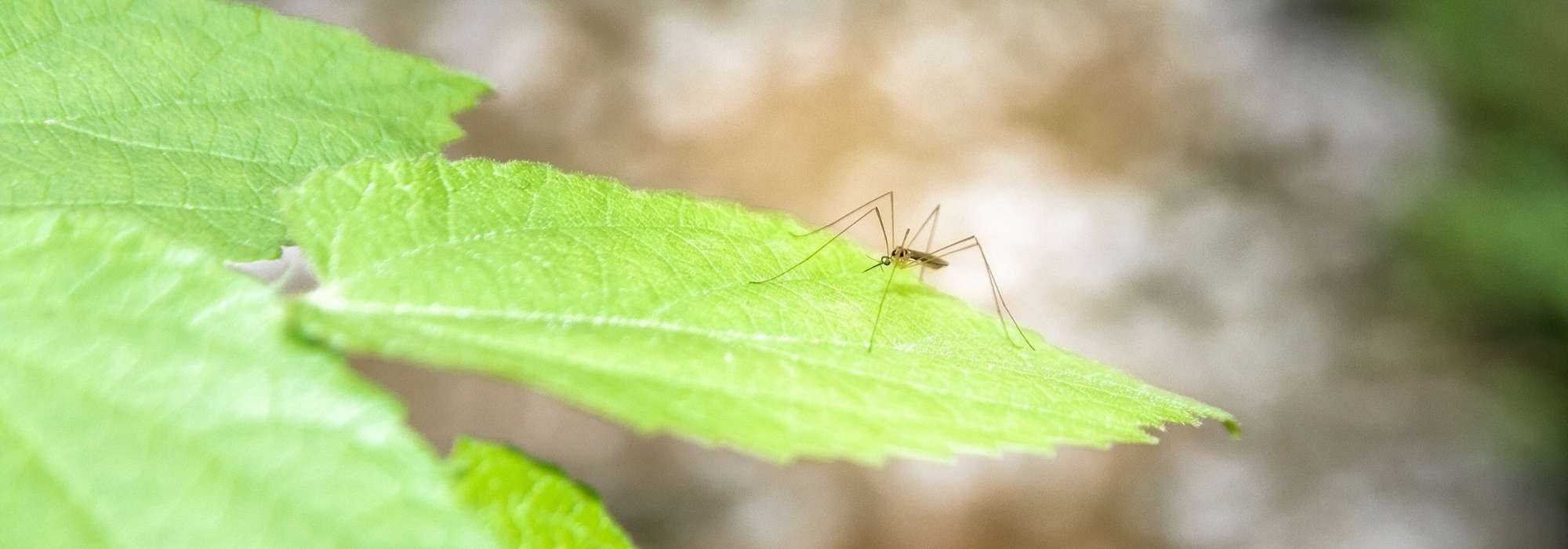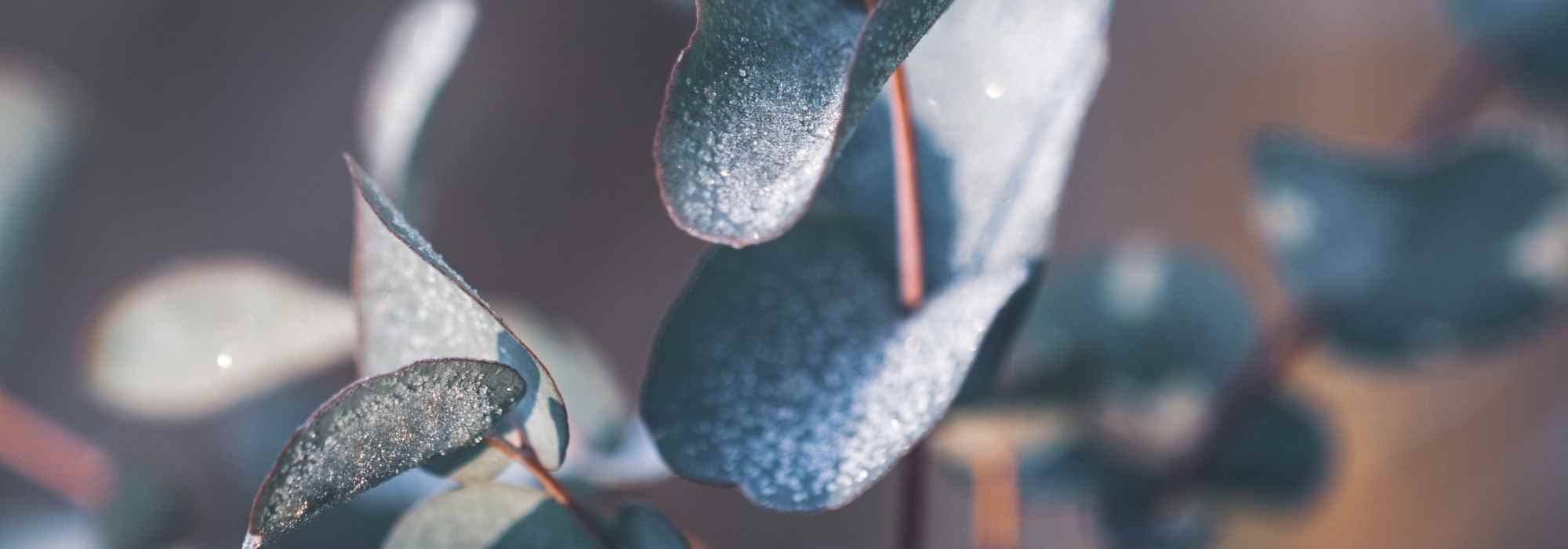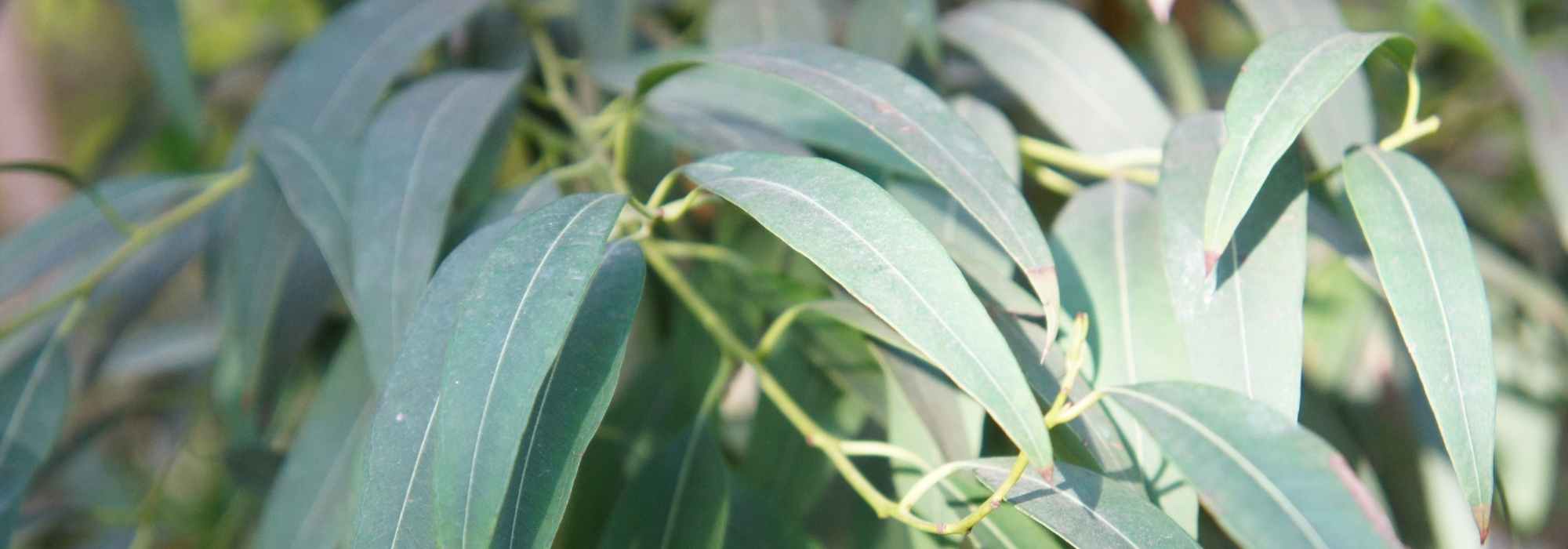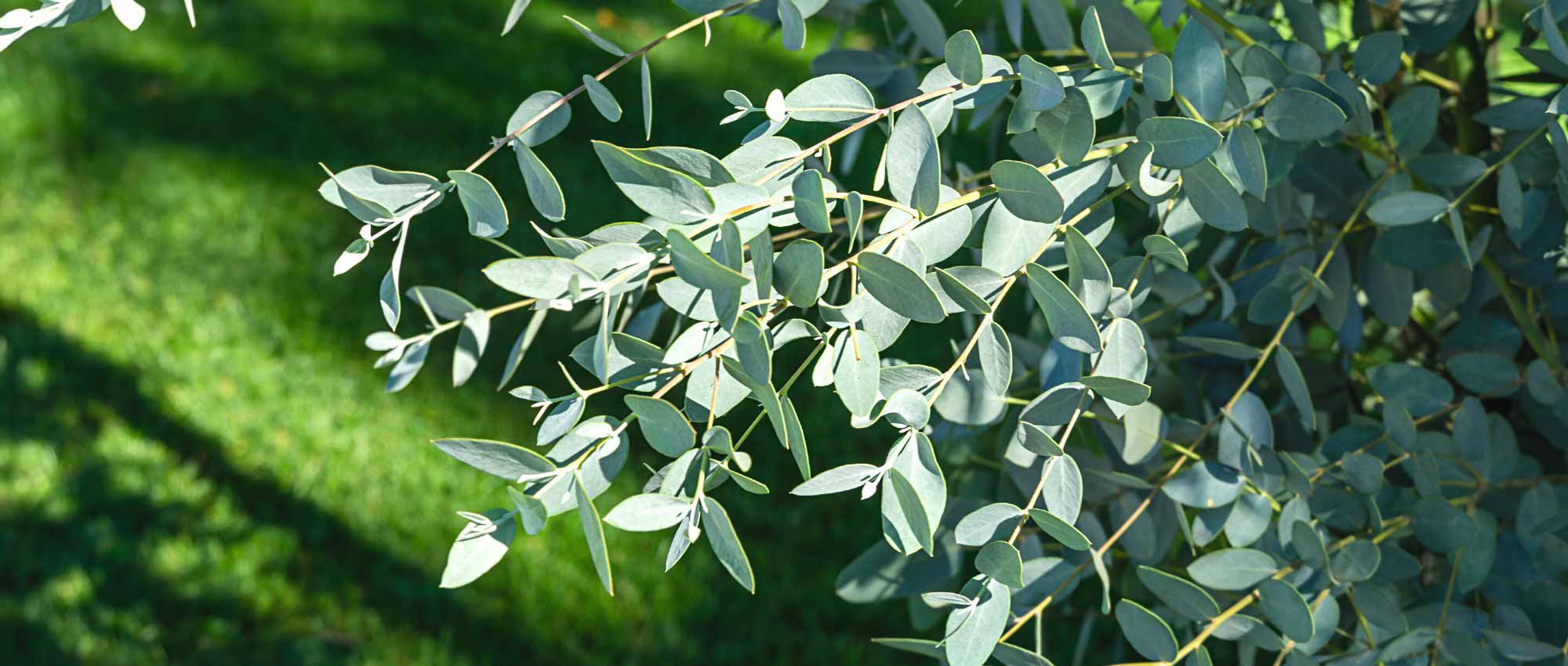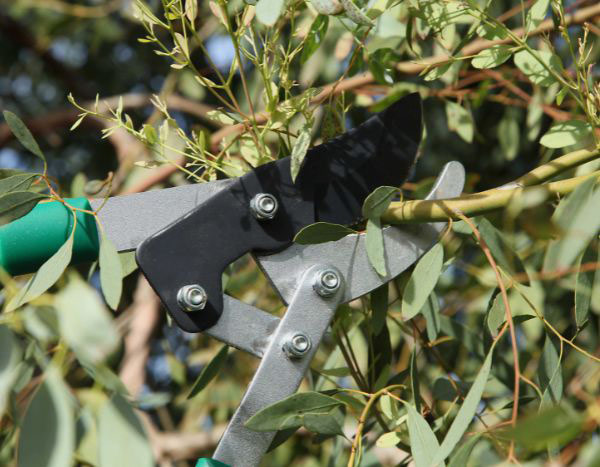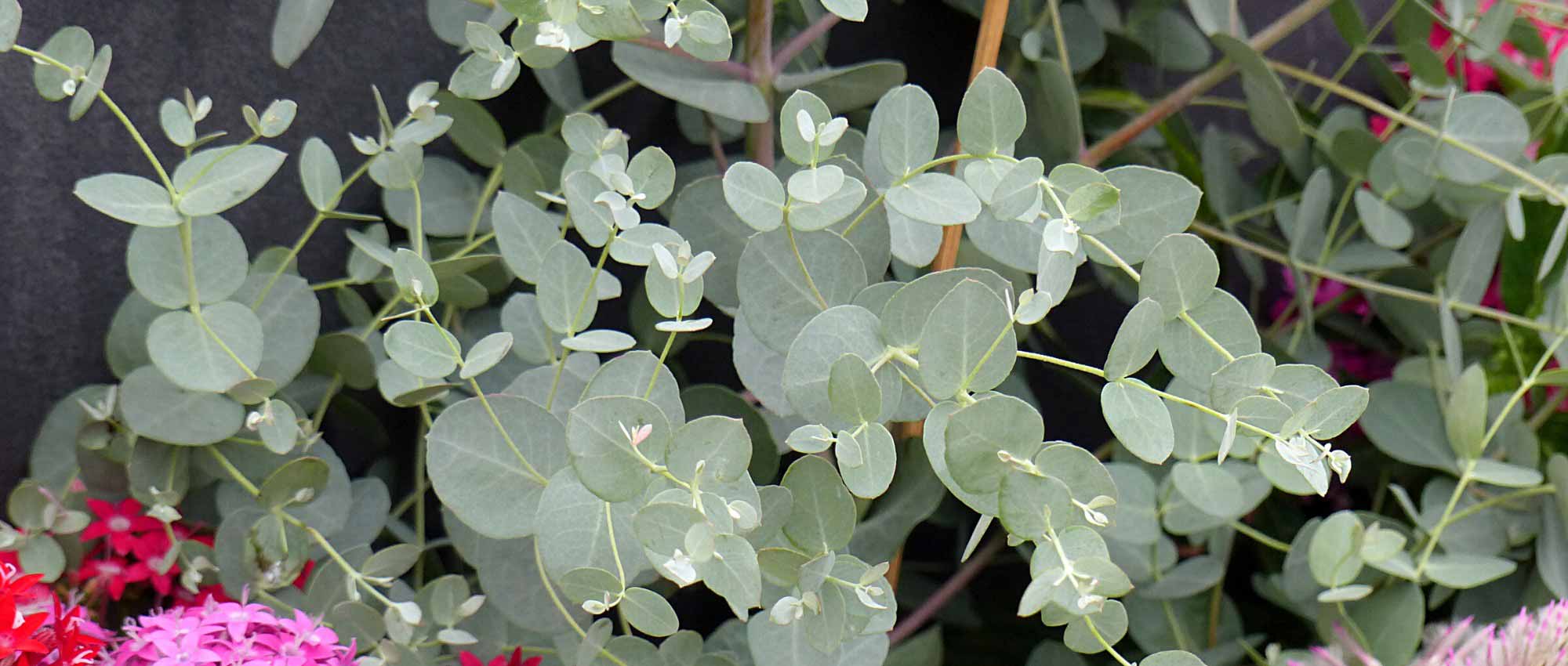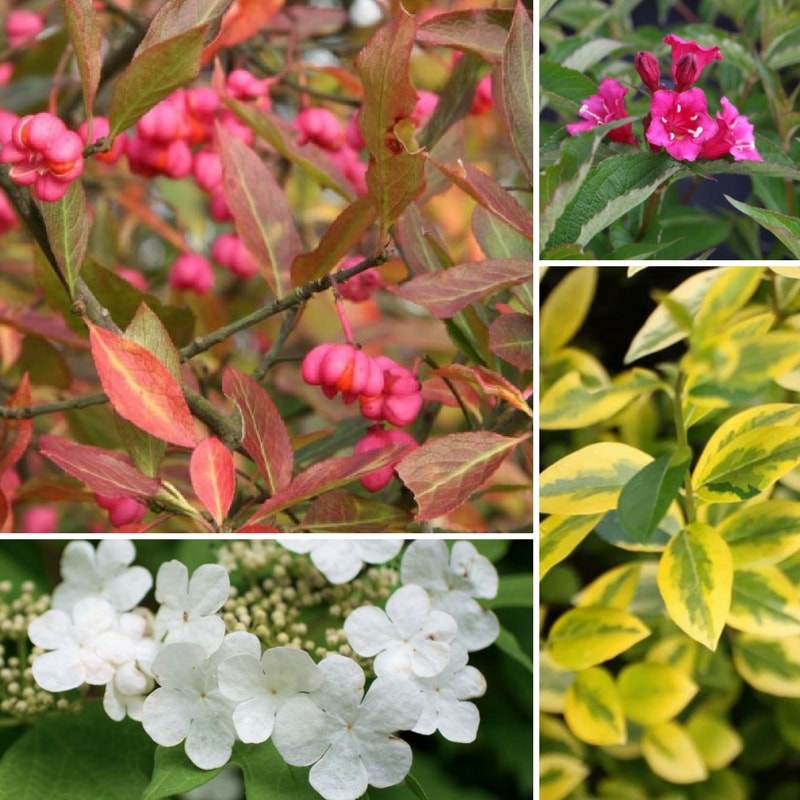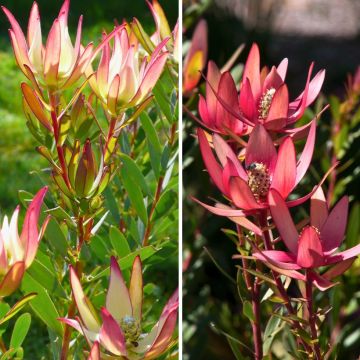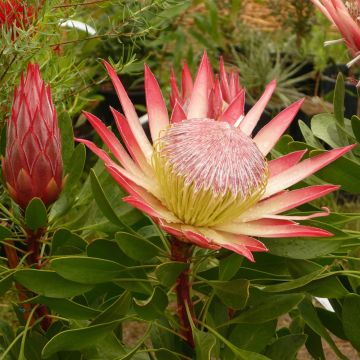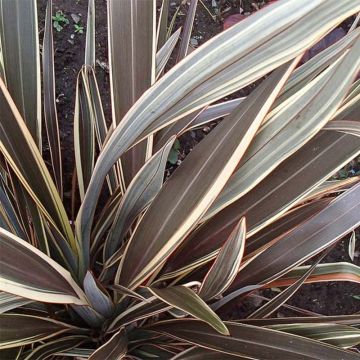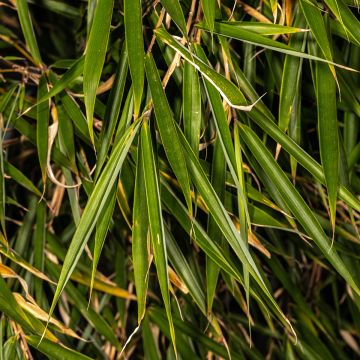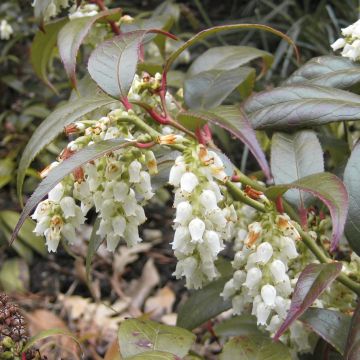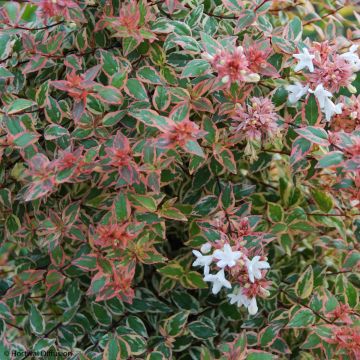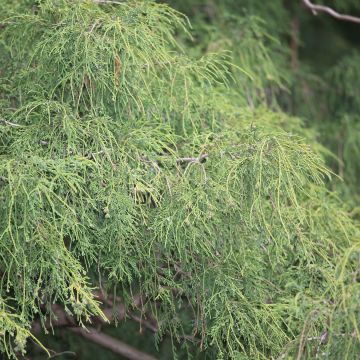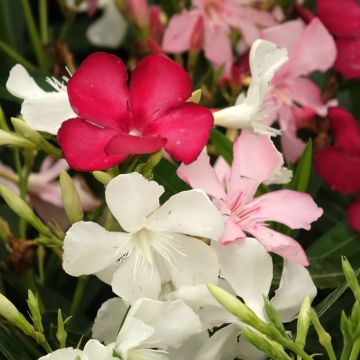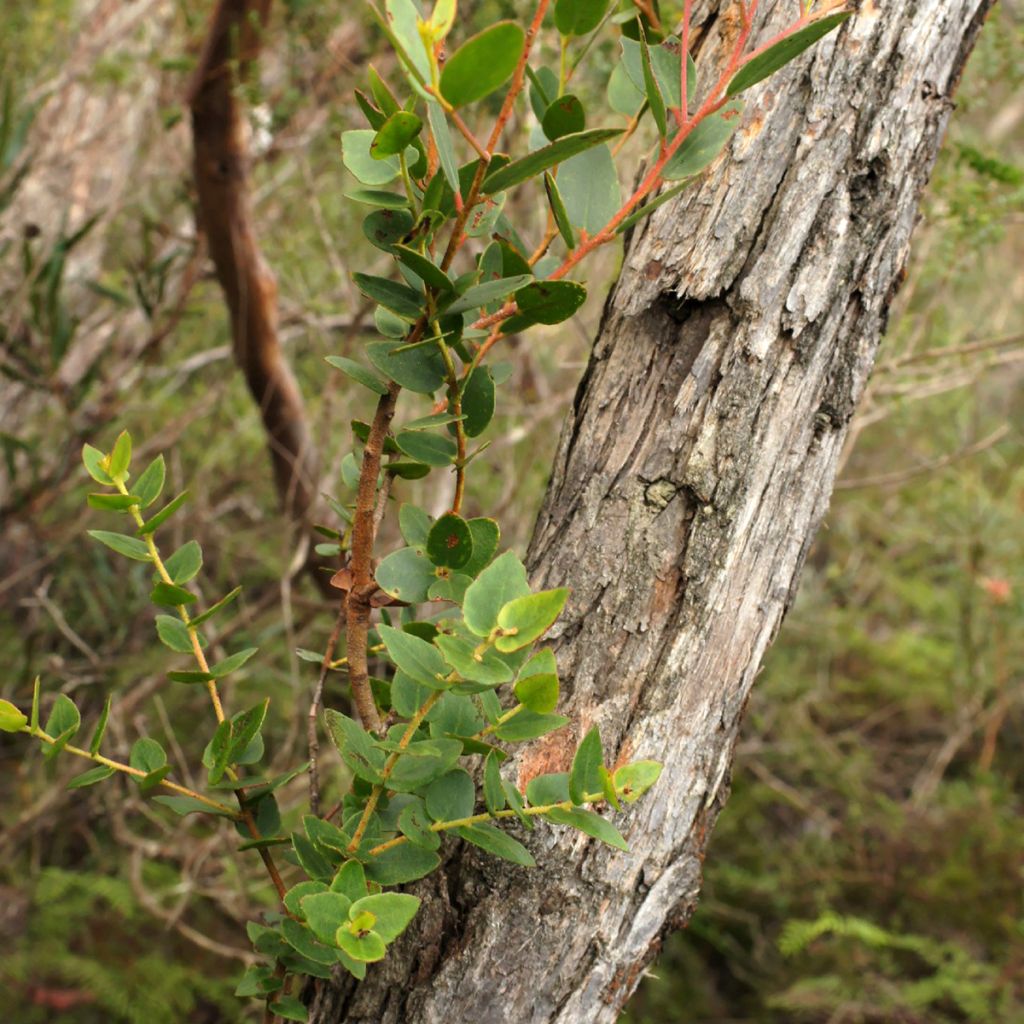

Eucalyptus ligustrina
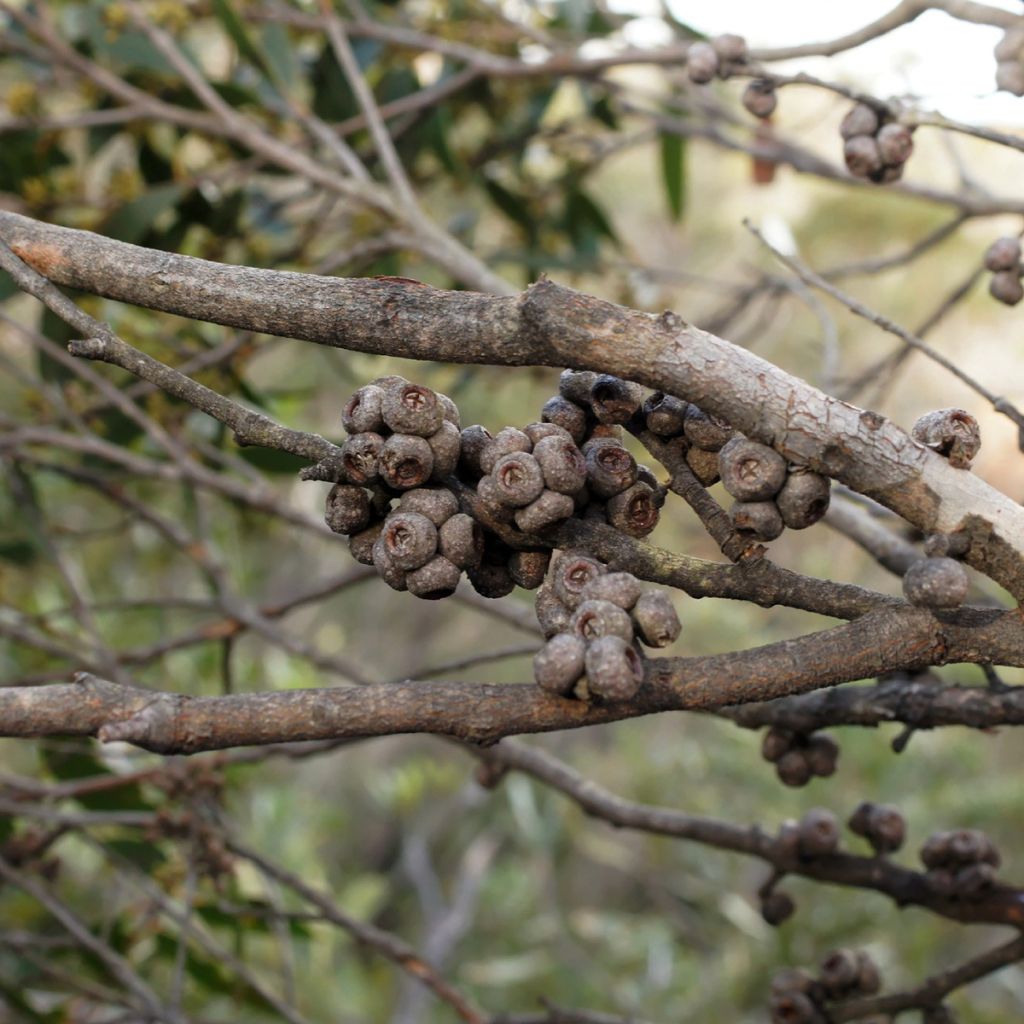

Eucalyptus ligustrina
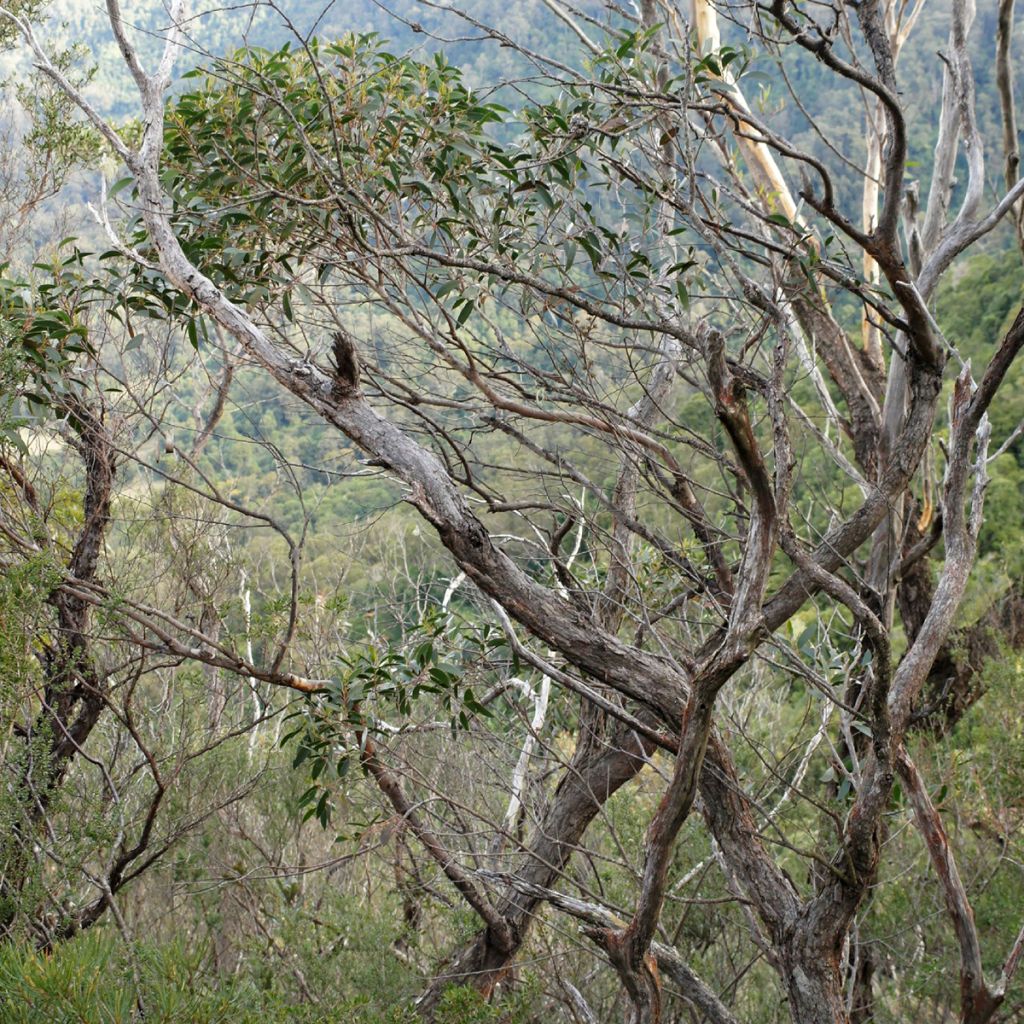

Eucalyptus ligustrina
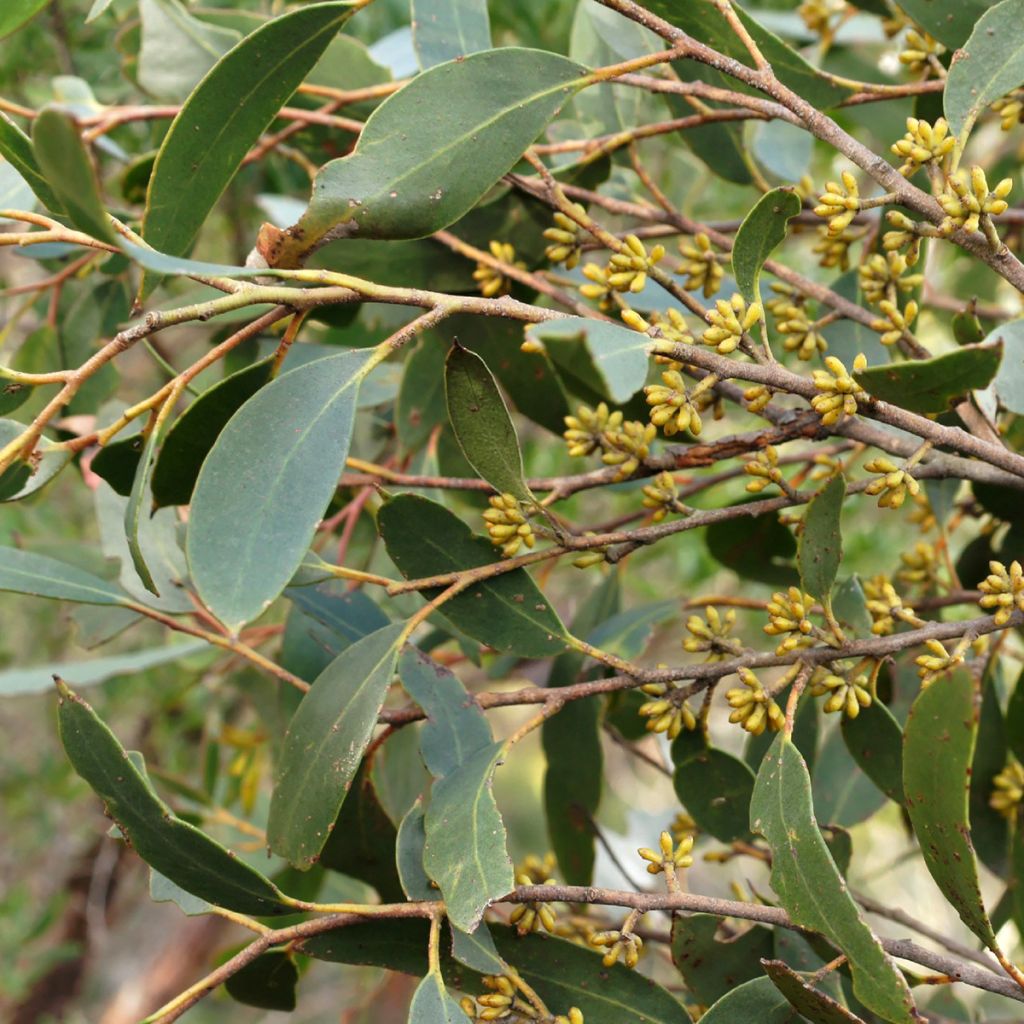

Eucalyptus ligustrina
Eucalyptus ligustrina
Eucalyptus ligustrina
Privet-leaved stringybark
Special offer!
Receive a €20 voucher for any order over €90 (excluding delivery costs, credit notes, and plastic-free options)!
1- Add your favorite plants to your cart.
2- Once you have reached €90, confirm your order (you can even choose the delivery date!).
3- As soon as your order is shipped, you will receive an email containing your voucher code, valid for 3 months (90 days).
Your voucher is unique and can only be used once, for any order with a minimum value of €20, excluding delivery costs.
Can be combined with other current offers, non-divisible and non-refundable.
Why not try an alternative variety in stock?
View all →This plant carries a 24 months recovery warranty
More information
We guarantee the quality of our plants for a full growing cycle, and will replace at our expense any plant that fails to recover under normal climatic and planting conditions.
Does this plant fit my garden?
Set up your Plantfit profile →
Description
Eucalyptus ligustrina is attractive all year round, with rough and fibrous bark, lanceolate green leaves and fragrant white flowers, attractive to bees. Depending on the pruning carried out, it forms a bush of 2 to 3 m (6 ft 7 in to 9 ft 10 in) high, a small branching tree on several branches of 6 to 8 m (19 ft 8 in to 26 ft 2 in) or a large tree with a single trunk of 10 to 15 m (32 ft 10 in to 49 ft 2 in). Because its growth can be contained pruning, it can be installed in a small garden, grown in a pot, integrated into a patio, or given a prime location alone or in groups in a larger space. Generally hardy down -8°C (17.6 °F), it can survive down to -10°C (14 °F) once well established. It accommodates sandy, stony and well-draining soil, with neutral or acidic pH, or even slightly alkaline (limestone). Tolerant to dry conditions once established, it will need watering to settle in.
Eucalyptus ligustrina is an endemic species of southwestern Australia. It is present in New South Wales, from the Gibraltar Range National Park in the north to the Deua National Park in the south. However, the main area is located in the mountainous region of the Blues Mountains west of Sydney. It thrives in dry sclerophyllous forest or heathland, on poor soils derived from sandstone or acidic granite. Belonging to the Myrtaceae family, it is locally called "privet-leaved eucalyptus", referring to the similarity of the leaves with the genus Ligustrum (Privet). With quite rapid growth, about 1 metre (3 feet 4 inches) per year, this eucalyptus forms a beautiful well-branched tree, of medium size, reaching 6 to 8 m (19 ft 8 in to 26 ft 2 in) in height, 4 to 5 m (13 ft 1 in to 16 ft 5 in) in spread, if it is regularly pruned and formed on several trunks. Unpruned, on a single trunk, it can reach 10 to 20 m (32 ft 10 in to 65 ft 7 in). Its frame is made up of several stems starting from a lignotuber* located just below the surface of the soil. The young shoots display numerous pink and reddish branches, bearing medium green juvenile foliage, densely implanted, composed of small leaves, with a crimped edge, approximately 1 cm (0.4 in) long, on short petioles. Then as it develops the leaves take an ovate to lanceolate to crescent shape 5 to 10 cm (2 to 3.9 in) long by 1 to 2 cm (0.4 to 0.8 in) wide, shiny and dark green. The leaves are leathery and slightly aromatic, releasing a menthol fragrance when crushed, rich in eucalyptol. As it ages, the thick bark of the trunk becomes rough and fibrous, a pretty greyish brown. The flowering occurs mainly in spring and early summer, but occasionally at other times. The inflorescence, borne by a short petiole, is composed of 7 to 15 floral buds, green-yellow, cylindrical from 3 to 5 mm (0.1 to 0.2 in), delicately scented and attractive to bees. After flowering, the fruits, called "gumnut", appear in the form of a woody capsule, hemispherical or spherical, stuck to the branch. Beautiful whitish-grey, they remain attached to the stem for a long time.
This eucalyptus has a *lignotuber, constituted by a swelling rich in starch which forms on the roots just below the surface of the soil. This organ allows it to grow again from the stump in case of severe frost, fire or cutting to the ground. The plant also produces numerous shoots from dormant buds located under its bark, which allows it to respond well to coppicing, topping or more severe pruning.
Eucalyptus ligustrina finds a place in the garden, planted alone, in a clear space, to appreciate the beauty of its barks and the elegance of its foliage. This plant resists summer drought, with little or no irrigation, in well-drained soil, even slightly limestone. It accommodates hot and dry summers well and wind and spray. It is an ideal plant in a Mediterranean garden in association with Strawberry Trees (Arbutus unedo), Callistemon (Bottlebrush), Pomegranates (Punica granatum), Olives (Olea europaea), Mimosas, Pistacia lentiscus …
Plant habit
Flowering
Foliage
Botanical data
Eucalyptus
ligustrina
Myrtaceae
Privet-leaved stringybark
Australia
Other Eucalyptus
View all →Planting and care
Eucalyptus ligustrina is best planted at the beginning of spring in a mild and humid region or at the beginning of autumn in a dry and warm climate. Plant it in well-prepared, light and well-drained soil, in a very sunny location. Sandy, silty, slightly clayey, acidic or even chalky soils are well tolerated. A well-established bush perfectly resists summer drought and it will be hardy down to - 10 °C (50 °F). This species from the extreme southeast of South Australia does better in climates with dry summers.
For the first two years, regular watering is necessary, then the bush can completely do without watering in summer. Fertiliser is not recommended. Pruning is not necessary, but it is well tolerated after flowering or at the end of winter if the stems have frozen. The eucalyptus can be formed into multiple trunks or a single trunk, by selecting the one that is best placed and cutting all the others flush. And it is quite possible to coppice this small tree to form a large bush whose height you can limit.
Eucalyptus are useful for drying out wet land, as they are large consumers of water even in winter. However, they become quite resistant to drought once well established (depending on the species and varieties) and do rather well in a Mediterranean-type climate.
Young plants take most easily in the open ground. The extensive and deep root system of the Eucalyptus does not like to be disturbed and it tends to form a "bun" if the young plant remains in its pot for too long. Choose its permanent location carefully.
Planting period
Intended location
Care
Planting & care advice
This item has not been reviewed yet - be the first to leave a review about it.
Similar products
Haven't found what you were looking for?
Hardiness is the lowest winter temperature a plant can endure without suffering serious damage or even dying. However, hardiness is affected by location (a sheltered area, such as a patio), protection (winter cover) and soil type (hardiness is improved by well-drained soil).

Photo Sharing Terms & Conditions
In order to encourage gardeners to interact and share their experiences, Promesse de fleurs offers various media enabling content to be uploaded onto its Site - in particular via the ‘Photo sharing’ module.
The User agrees to refrain from:
- Posting any content that is illegal, prejudicial, insulting, racist, inciteful to hatred, revisionist, contrary to public decency, that infringes on privacy or on the privacy rights of third parties, in particular the publicity rights of persons and goods, intellectual property rights, or the right to privacy.
- Submitting content on behalf of a third party;
- Impersonate the identity of a third party and/or publish any personal information about a third party;
In general, the User undertakes to refrain from any unethical behaviour.
All Content (in particular text, comments, files, images, photos, videos, creative works, etc.), which may be subject to property or intellectual property rights, image or other private rights, shall remain the property of the User, subject to the limited rights granted by the terms of the licence granted by Promesse de fleurs as stated below. Users are at liberty to publish or not to publish such Content on the Site, notably via the ‘Photo Sharing’ facility, and accept that this Content shall be made public and freely accessible, notably on the Internet.
Users further acknowledge, undertake to have ,and guarantee that they hold all necessary rights and permissions to publish such material on the Site, in particular with regard to the legislation in force pertaining to any privacy, property, intellectual property, image, or contractual rights, or rights of any other nature. By publishing such Content on the Site, Users acknowledge accepting full liability as publishers of the Content within the meaning of the law, and grant Promesse de fleurs, free of charge, an inclusive, worldwide licence for the said Content for the entire duration of its publication, including all reproduction, representation, up/downloading, displaying, performing, transmission, and storage rights.
Users also grant permission for their name to be linked to the Content and accept that this link may not always be made available.
By engaging in posting material, Users consent to their Content becoming automatically accessible on the Internet, in particular on other sites and/or blogs and/or web pages of the Promesse de fleurs site, including in particular social pages and the Promesse de fleurs catalogue.
Users may secure the removal of entrusted content free of charge by issuing a simple request via our contact form.
The flowering period indicated on our website applies to countries and regions located in USDA zone 8 (France, the United Kingdom, Ireland, the Netherlands, etc.)
It will vary according to where you live:
- In zones 9 to 10 (Italy, Spain, Greece, etc.), flowering will occur about 2 to 4 weeks earlier.
- In zones 6 to 7 (Germany, Poland, Slovenia, and lower mountainous regions), flowering will be delayed by 2 to 3 weeks.
- In zone 5 (Central Europe, Scandinavia), blooming will be delayed by 3 to 5 weeks.
In temperate climates, pruning of spring-flowering shrubs (forsythia, spireas, etc.) should be done just after flowering.
Pruning of summer-flowering shrubs (Indian Lilac, Perovskia, etc.) can be done in winter or spring.
In cold regions as well as with frost-sensitive plants, avoid pruning too early when severe frosts may still occur.
The planting period indicated on our website applies to countries and regions located in USDA zone 8 (France, United Kingdom, Ireland, Netherlands).
It will vary according to where you live:
- In Mediterranean zones (Marseille, Madrid, Milan, etc.), autumn and winter are the best planting periods.
- In continental zones (Strasbourg, Munich, Vienna, etc.), delay planting by 2 to 3 weeks in spring and bring it forward by 2 to 4 weeks in autumn.
- In mountainous regions (the Alps, Pyrenees, Carpathians, etc.), it is best to plant in late spring (May-June) or late summer (August-September).
The harvesting period indicated on our website applies to countries and regions in USDA zone 8 (France, England, Ireland, the Netherlands).
In colder areas (Scandinavia, Poland, Austria...) fruit and vegetable harvests are likely to be delayed by 3-4 weeks.
In warmer areas (Italy, Spain, Greece, etc.), harvesting will probably take place earlier, depending on weather conditions.
The sowing periods indicated on our website apply to countries and regions within USDA Zone 8 (France, UK, Ireland, Netherlands).
In colder areas (Scandinavia, Poland, Austria...), delay any outdoor sowing by 3-4 weeks, or sow under glass.
In warmer climes (Italy, Spain, Greece, etc.), bring outdoor sowing forward by a few weeks.






























